What are “Bids for Connection” and why are they crucial in your relationship?
Strengthening Relationships: The Power of Bids and Turning Toward
In relationships, small moments of connection matter more than grand gestures. Dr. John Gottman’s research, as highlighted in the Gottman Institute’s blog post, emphasizes the importance of bids for connection—small attempts one partner makes to engage the other. These can be as simple as a question, a smile, or a request for attention. How we respond to these bids can significantly impact the health of our relationships.
There are two primary ways to respond: Turning Toward or Turning Away.
• Turning Toward means acknowledging and engaging with your partner’s bid in a positive way. This could be as simple as responding to a question, making eye contact, or showing enthusiasm when they share something. Over time, these small moments build trust, intimacy, and emotional security.
• Turning Away means ignoring or dismissing your partner’s bid. Repeated instances of turning away, whether through indifference, distraction, or disengagement, can create emotional distance and resentment in a relationship.
Why does this matter? Gottman’s research found that couples who consistently turn toward each other in small, everyday interactions build a strong foundation of emotional connection and resilience. In contrast, those who frequently turn away or respond negatively to bids are more likely to experience conflict and disconnection.
How to Apply This in Your Relationship
1. Notice bids for connection – Be aware of the small ways your partner seeks engagement, whether through words, gestures, or body language.
2. Make an effort to turn toward – Even if you’re busy or distracted, a simple acknowledgment can go a long way in making your partner feel valued.
3. Create a culture of responsiveness – The more you and your partner make the effort to respond to each other’s bids, the more natural it becomes, fostering a sense of security and emotional closeness.
Top 10 Examples of Bids for Connection
Recognizing bids for connection in daily interactions is key to strengthening emotional bonds in a relationship. These bids can be verbal, nonverbal, subtle, or direct. Here are ten common examples of bids for connection and how you can turn toward them:
1. Sharing an Observation – “Wow, look at that sunset!”
• Turning Toward: Responding with enthusiasm or adding to the conversation (“That’s beautiful! I love how the sky turns pink.”).
• Turning Away: Ignoring or giving a distracted response (“Yeah, whatever.”).
2. Seeking Attention – Your partner sighs heavily while looking at their phone.
• Turning Toward: Asking what’s wrong (“Hey, you okay? What’s on your mind?”).
• Turning Away: Ignoring the sigh or continuing to focus on something else.
3. Initiating Physical Affection – Your partner reaches for your hand while walking together.
• Turning Toward: Squeezing their hand, holding it back.
• Turning Away: Pulling away or not acknowledging it.
4. Making a Joke – Your partner playfully teases you or shares a funny meme.
• Turning Toward: Laughing, engaging, or sending a meme back.
• Turning Away: No response or a dismissive reaction (“That’s dumb.”).
5. Starting a Conversation – “How was your day?”
• Turning Toward: Answering thoughtfully and asking about theirs.
• Turning Away: Giving a short answer like “Fine.” without engaging further.
6. Asking for Help or Support – “Can you help me with this?”
• Turning Toward: Assisting or showing willingness to help.
• Turning Away: Ignoring or acting bothered (“Figure it out yourself.”).
7. Expressing Feelings or Vulnerability – “I’ve been feeling really stressed lately.”
• Turning Toward: Listening, validating, and offering support (“I hear you. Anything I can do to help?”).
• Turning Away: Changing the subject or minimizing their feelings (“You’re always stressed.”).
8. Inviting Shared Activity – “Want to watch a movie together?”
• Turning Toward: Engaging with enthusiasm (“Sure! What do you feel like watching?”).
• Turning Away: Ignoring or rejecting repeatedly without compromise.
9. Complimenting or Showing Appreciation – “You look great today.”
• Turning Toward: Smiling, thanking them, or returning the compliment.
• Turning Away: Dismissing or brushing it off (“Whatever.”).
10. Checking In – “Are you okay? You seem quiet.”
• Turning Toward: Acknowledging their concern and opening up (“Yeah, just a little tired. Thanks for asking.”).
• Turning Away: Shrugging it off or responding with irritation (“I’m fine. Leave me alone.”).
Prioritizing these small moments of connection strengthens the emotional fabric of a relationship, leading to greater harmony, intimacy, and long-term satisfaction. So the next time your partner reaches out—whether with a joke, a sigh, or a comment about their day—choose to turn toward. It might seem small, but it makes all the difference.
